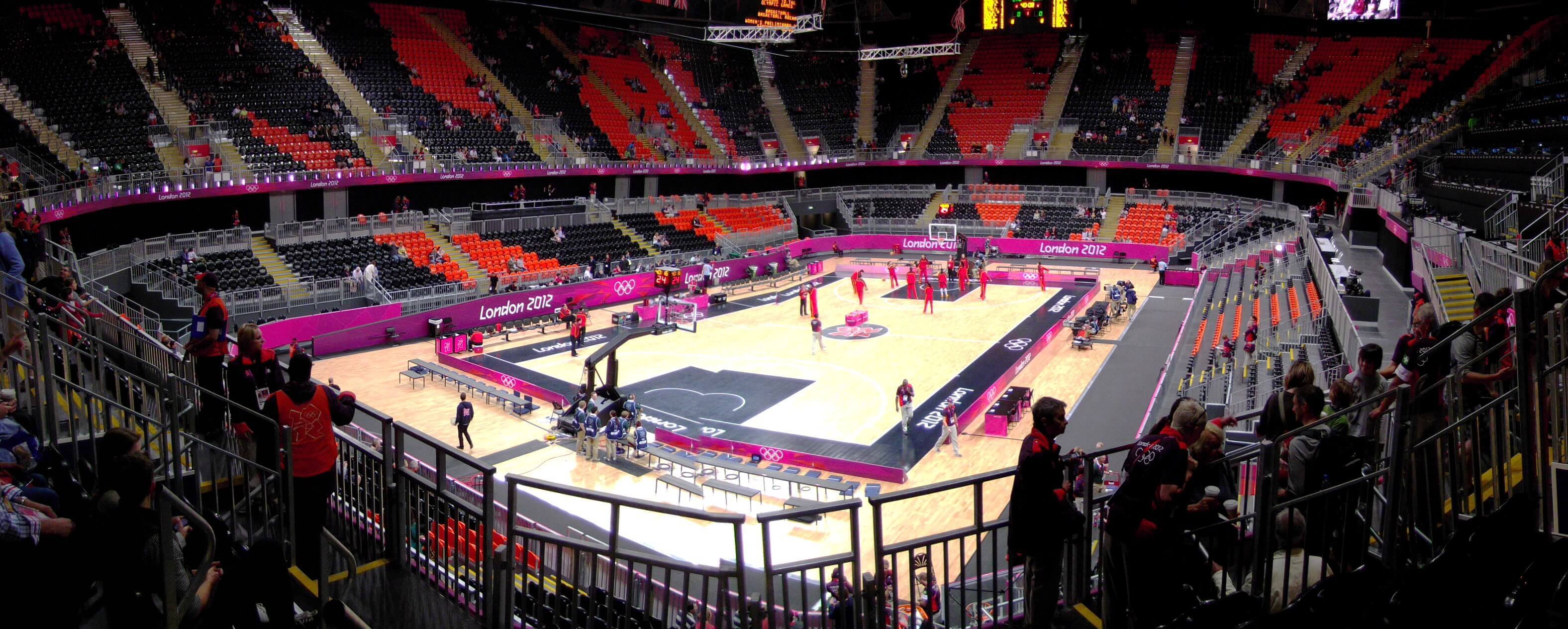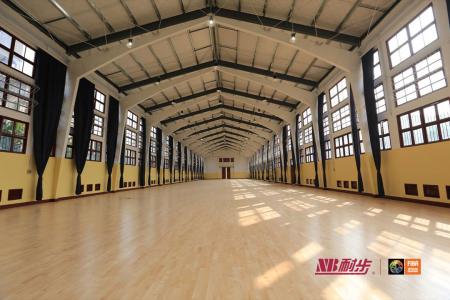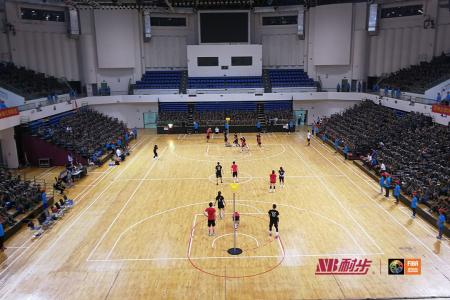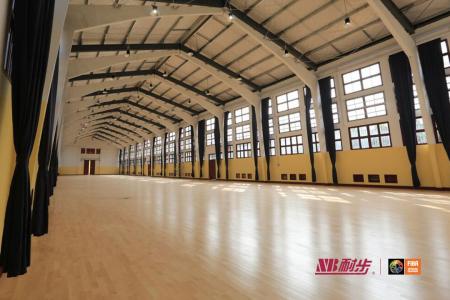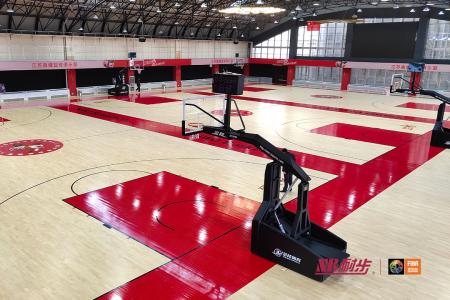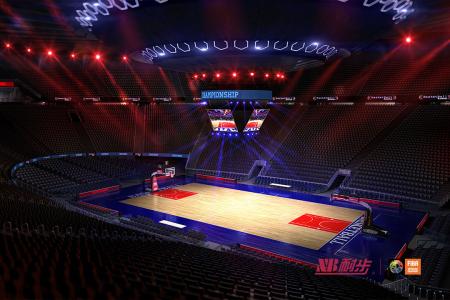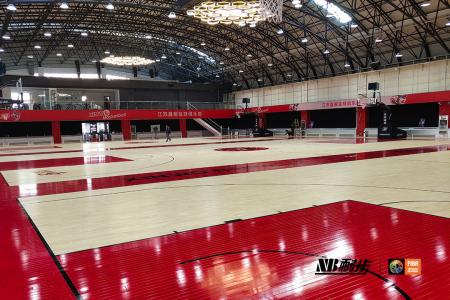Performance standards and selection guide for sports wood flooring

Sports Wooden flooring is a ground material specially designed for use in various sports venues. Its performance standards directly affect the performance of athletes and the safety of the venue. When choosing a suitable wooden floor, you must not only consider its appearance and price, but also consider its wear resistance, elasticity, anti-skid and other factors. This article will take an in-depth look at the performance standards of sports wood flooring and how it affects selection, helping you make informed decisions when designing or remodeling your sports facility.
1. Wear resistance and durability
Sports wood flooring usually withstands high-intensity use, so its wear resistance is one of the crucial performance indicators. The surface of a high-quality wooden floor should withstand frequent sports activities, friction from people and the strong impact of balls, and should not easily produce obvious scratches and wear. Generally speaking, using wood with high hardness and density or using professional surface coating can effectively improve the wear resistance of the floor and extend its service life.
2. Elasticity and comfort
In sports, the elasticity of the floor directly affects the comfort and performance of athletes. Proper elasticity can reduce the pressure on joints from sports impacts, reduce the risk of sports injuries, and improve athletes' performance levels. Reasonable selection of the thickness and material of the wooden floor, as well as the appropriate support layer or buffer layer, can effectively improve the elasticity and overall comfort of the floor.
3. Anti-slip performance
Anti-slip performance is an important guarantee for the safety of sports wooden floors. The floor surface should have an appropriate coefficient of friction to prevent athletes from being injured by sliding on the ground during strenuous exercise. Using professional anti-skid surface treatment technology or designing floor textures can effectively improve the anti-skid performance of the floor and ensure the safety of the sports venue.
4. Environmental protection and health
In modern society, environmental protection performance has attracted more and more attention. The material selection for sports wood flooring should comply with environmental standards and avoid the use of chemicals or volatile organic compounds (VOCs) that are harmful to human health. At the same time, the impact on the environment should be minimized during floor installation and maintenance to ensure the health and safety of users.
5. Maintenance and maintenance
In order to extend the service life of sports wooden flooring, correct maintenance and upkeep is very important. Regular cleaning of the floor surface and timely repair of possible wear or damage are key to maintaining the appearance and performance of the floor. In addition, different types of wood floors may require specific cleaning agents and care products to avoid damaging the floor surface due to incorrect cleaning methods.
Conclusion
In summary, choosing the right sports wooden floor is not only a decoration choice, but also an important factor for the safety of sports venues and the performance of athletes.current guarantee. By understanding and considering the floor's wear resistance, elasticity, slip resistance, environmental friendliness, and maintenance needs, we can help you make an informed choice. When designing and building sports venues, it is important to consider various factors to ensure that the most suitable sports wooden floor is selected to provide a safe, comfortable and efficient venue for sports.

